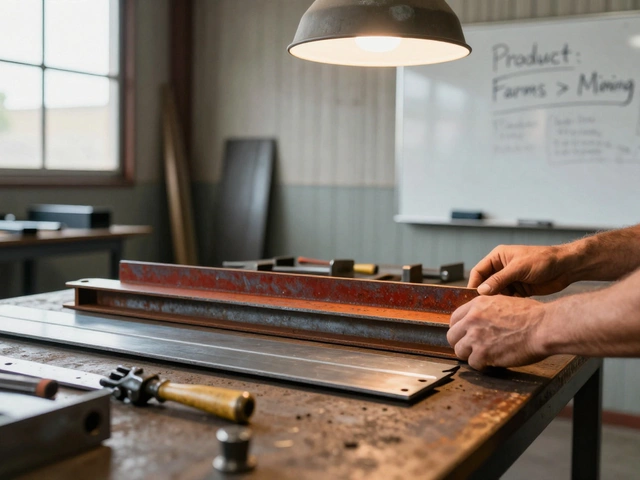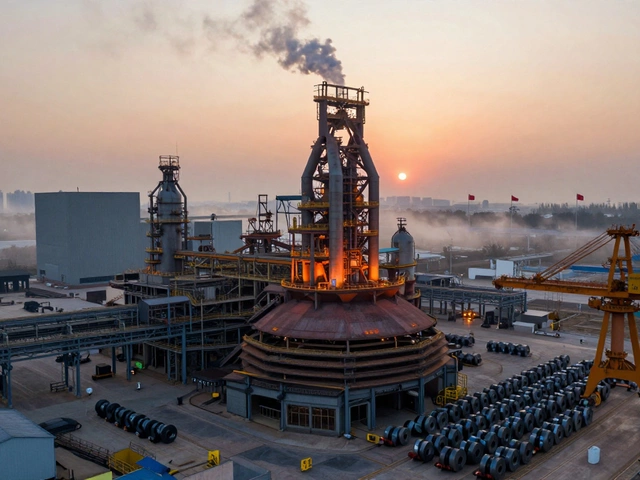Andrew Carnegie: What the Steel Magnate Can Teach Today’s Manufacturers
Ever wonder why a name from the 1800s still pops up in talks about modern factories? Andrew Carnegie didn’t just build a steel empire – he built a playbook that still works for anyone trying to make things at scale. Let’s break down his story and pull out the bits you can actually use right now.
From Rags to Riches: Carnegie’s Blueprint
Carnegie started as a bobbin boy in a cotton mill, earned every penny by hauling coal, and ended up owning the biggest steel operation in the world. How did he do it? First, he treated knowledge like cash. He read everything about the latest tech, from Bessemer converters to rail logistics, and put that knowledge into action faster than his rivals.
Second, he chased efficiency like a race. He cut waste, streamlined processes, and kept a tight eye on costs. That relentless focus meant his mills could ship steel cheaper than anyone else, and cheaper steel wins contracts.
Third, Carnegie paid attention to people. He believed a motivated workforce was worth more than any machine. He introduced profit‑sharing, built libraries, and funded schools – all to keep talent close and loyal.
Key Principles for 2025 Manufacturers
1. Master the 5 M’s. Carnegie lived the “Man, Machine, Material, Method, Measurement” mantra before it was a buzzword. Make sure you have the right people, the right gear, quality raw inputs, proven processes, and real‑time data to measure everything.
2. Embrace tech, but keep it simple. He adopted the Bessemer process because it cut production time dramatically. Today that could be AI‑driven quality checks or IoT sensors on machines. Don’t chase every shiny gadget – pick tools that shave minutes or dollars off each batch.
3. Cut waste like a surgeon. Carnegie’s factories ran lean, discarding scrap and optimizing transport routes. Use value‑stream mapping or a quick Gemba walk to spot bottlenecks. Even a 2‑3 % reduction in waste can boost margins.
4. Invest in your people. Offer skill‑up training, share a slice of profit, and create a safe, clean workspace. When workers feel valued, turnover drops and quality climbs – a win‑win that Carnegie proved decades ago.
5. Think globally, act locally. Carnegie sold steel worldwide but built plants close to raw material sources. For you, that might mean sourcing components from nearby hubs to cut logistics costs, while still eyeing export markets.
By weaving these habits into your daily routine, you’re basically following Carnegie’s playbook – just with modern tools. Want more concrete steps? Check out our guides on the “5 M’s of Manufacturing,” “How to Become a Successful Manufacturer in 2025,” and “Highest Demand Product Ideas for Manufacturing Startups.” Each article digs deeper into the exact tactics you can copy right now.
Bottom line: Carnegie’s success didn’t come from luck; it came from a disciplined approach to learning, efficiency, and people. Apply those same principles, and you’ll be on the path to building a factory that can stand the test of time – just like his steel towers still dominate skylines today.
Who is the King of Steel? Origin, Legacy & Untold Facts
Find out who earned the 'King of steel' title, how they transformed the global steel industry, and check out some wild, lesser-known facts you never learned in class.
Read More




